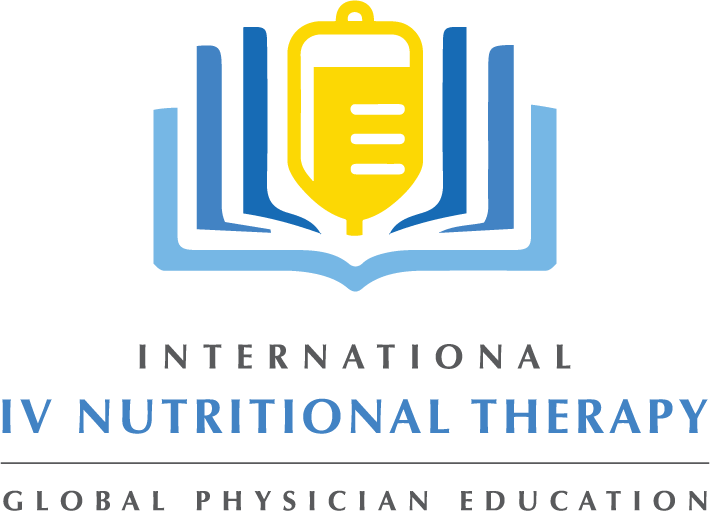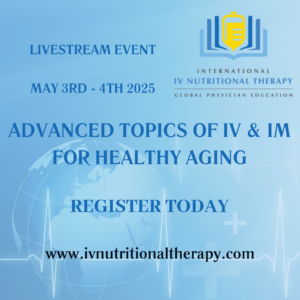IV (intravenous) nutrient therapy is a medical treatment by which sterile solutions of vitamins, minerals and other naturally occurring nutritive substances are infused directly into the blood stream. Some of the potential benefits of IV nutrient therapy are to supply nutrients to the cells without gastrointestinal interference, infusing higher doses than can be taken orally, to assist with repletion in deficient states, and cause disease modification or enhance a cellular process. Nutrient IV therapy can be delivered via peripheral intravenous line (PIV), a peripherally inserted central catheter (PICC), a Port-A-Cath, or other central venous access devices (CVAD).
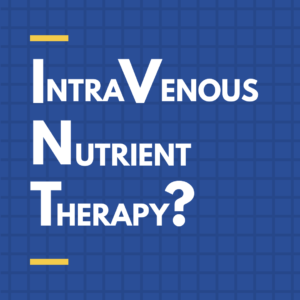
WHAT IS IV NUTRIENT THERAPY (IVNT)?
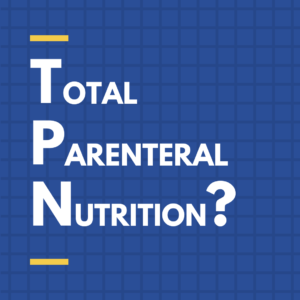
WHAT IS TOTAL PARENTERAL NUTRITION?
Total parenteral nutrition provides all of the carbohydrates, proteins, fats, water, electrolytes, vitamins, and minerals needed for the building of tissue, expenditure of energy, and other metabolic activities. TPN can be administered in the hospital or at home. TPN solutions are concentrated and can cause thrombosis of peripheral veins, so a central venous access device is usually required.
IV NUTRIENT THERAPY CONTRASTED WITH TPN
- Both solutions require proper work up and history prior to administration.
- IVNT does not contain carbohydrates, fats or proteins.
- IVNT formulations can be prepared so they are suitable for administration via peripheral intravenous line (PIV), a peripherally inserted central catheter (PICC), a Port-A_Cath, or other central venous access devices (CVAD).
- TPN solutions have a high sugar content and high osmolarity, usually requiring a central access device for administration.
- Since IVNT solutions are more dilute than TPN, there is a significantly lower risk of complications such as venous thrombosis.
- TPN is prepared by a Specialty Pharmacy, whereas IVNT can be prepared in a clinic following very defined guidelines and regulations.


Join Our Newsletter
Get the latest news and seminars dates delivered via email!
"*" indicates required fields
